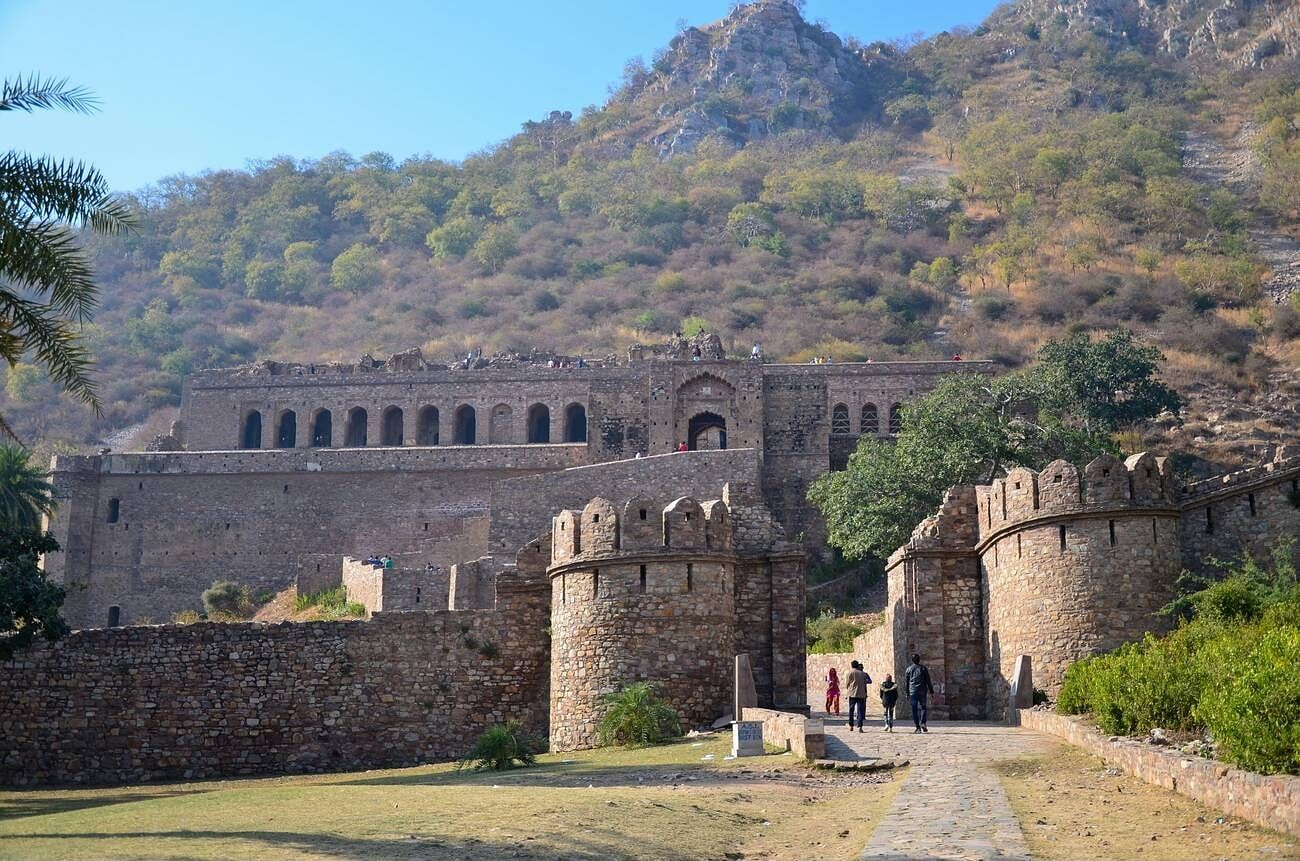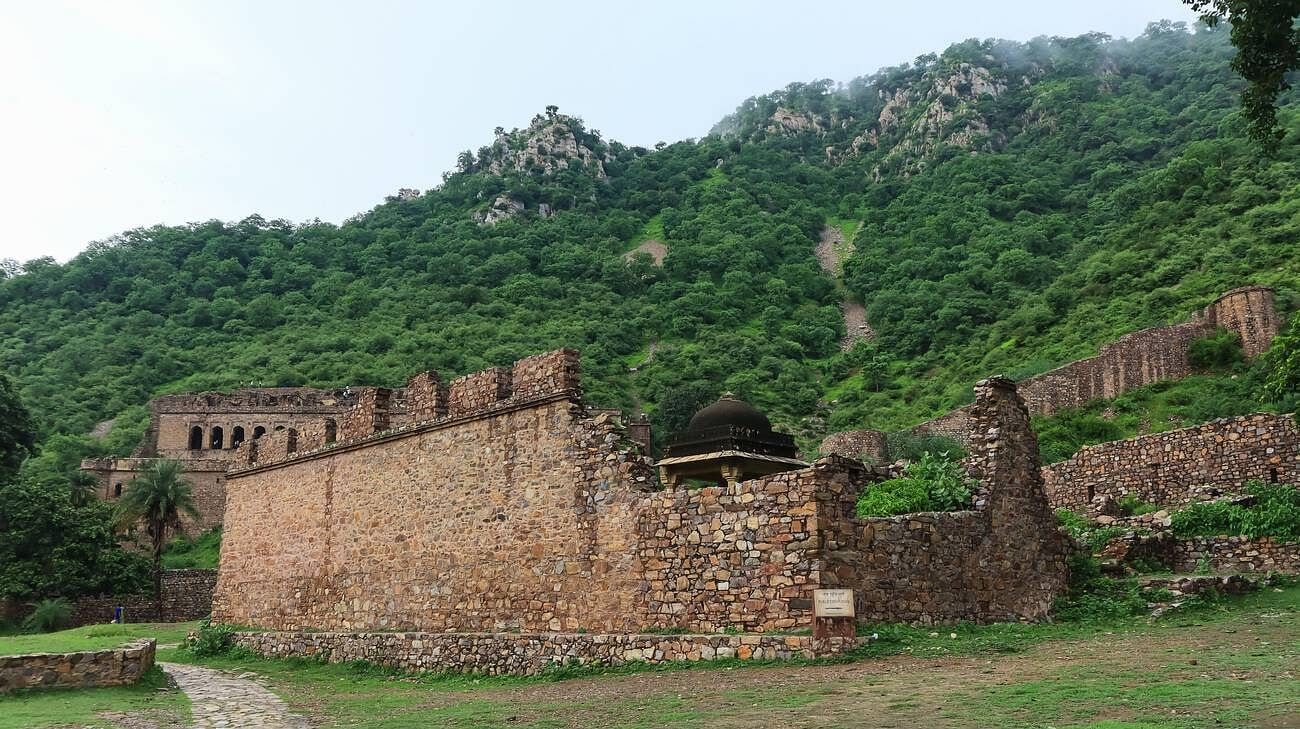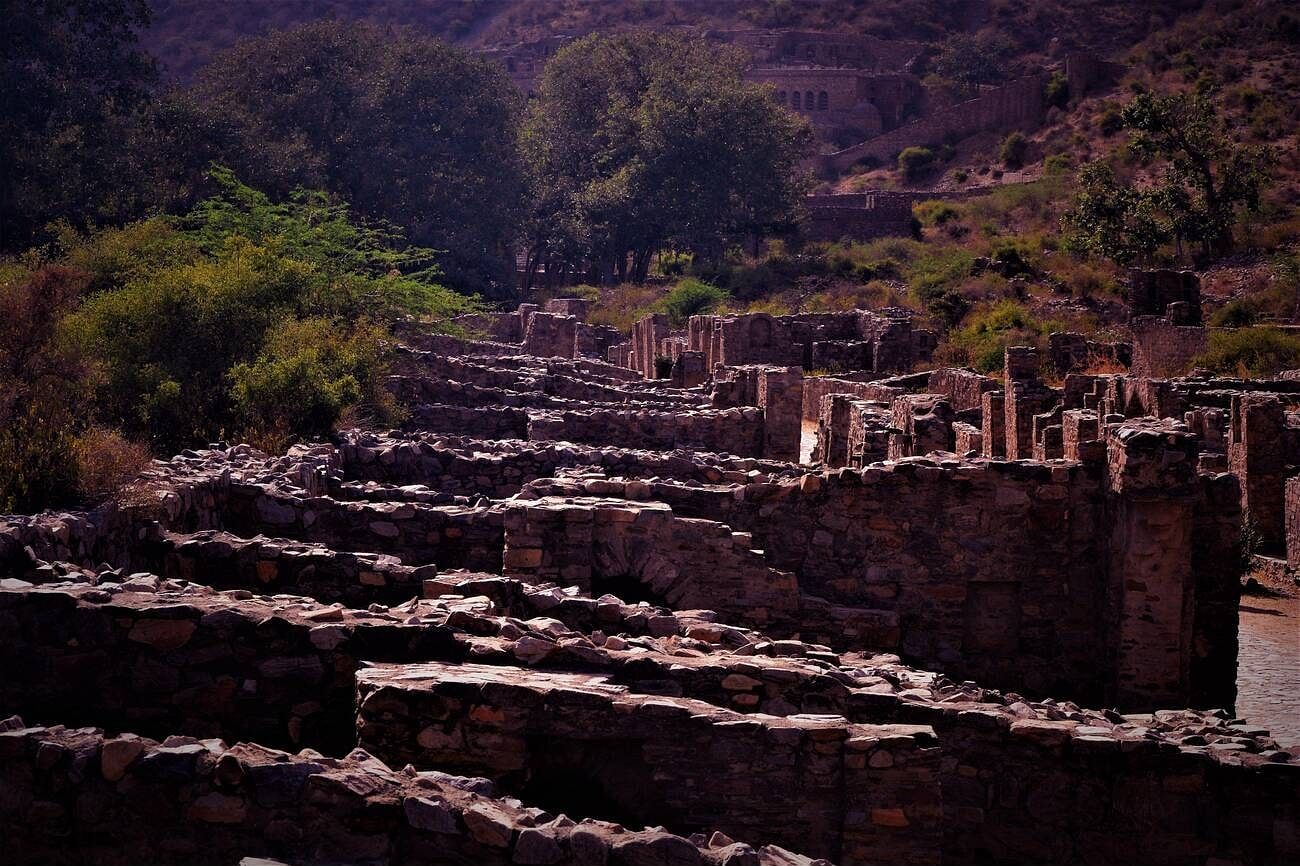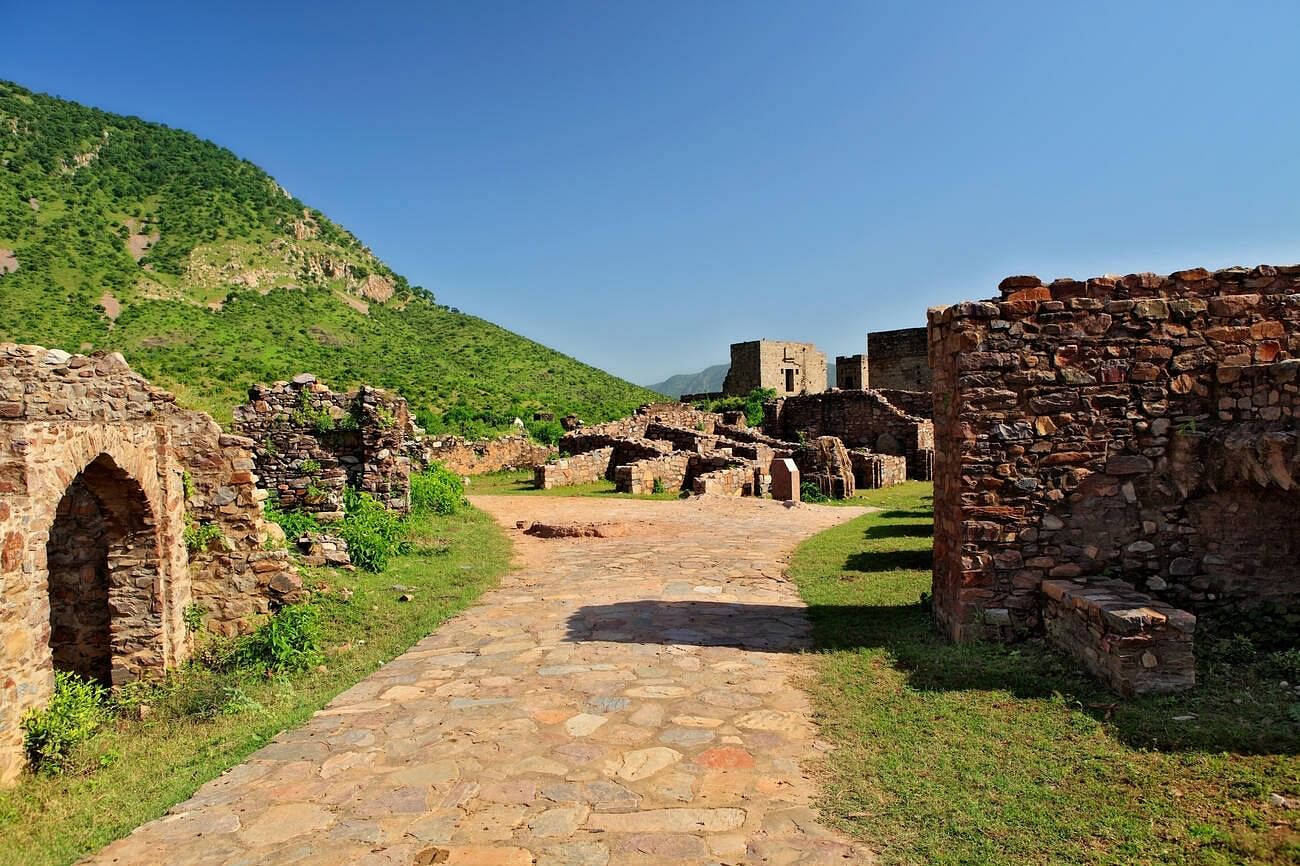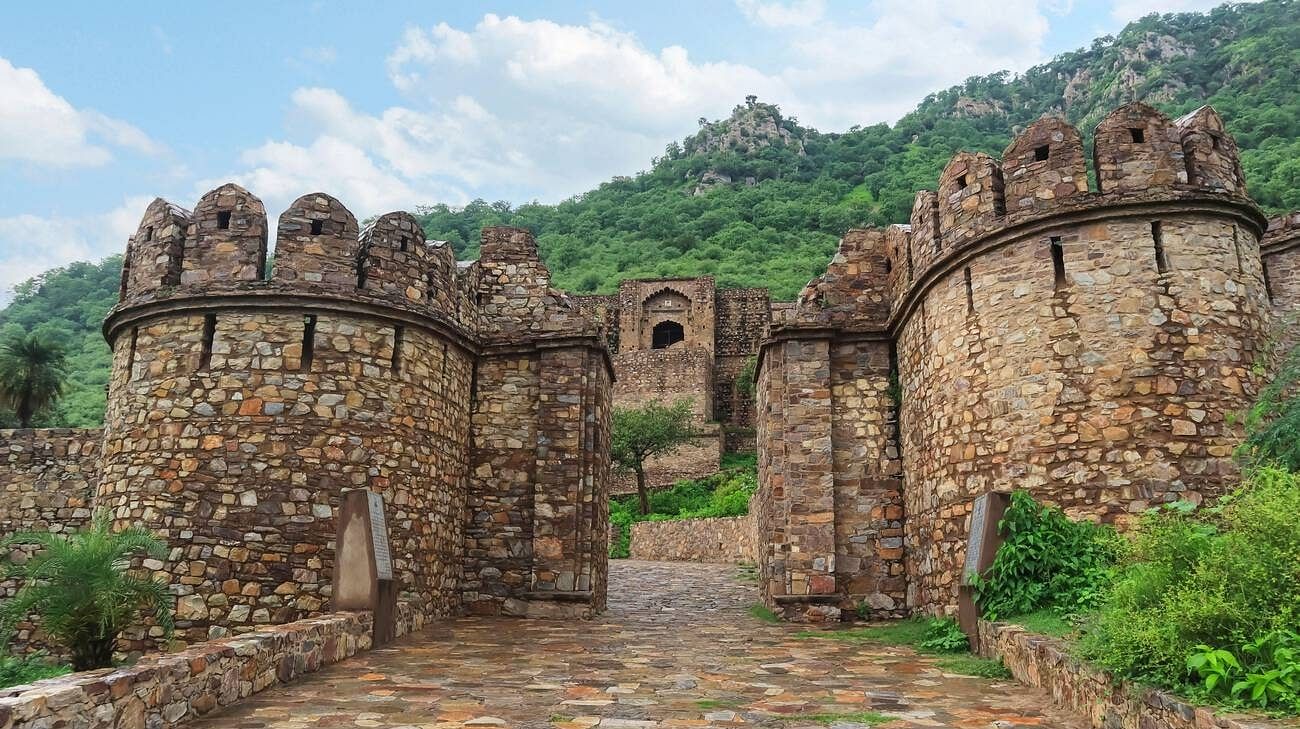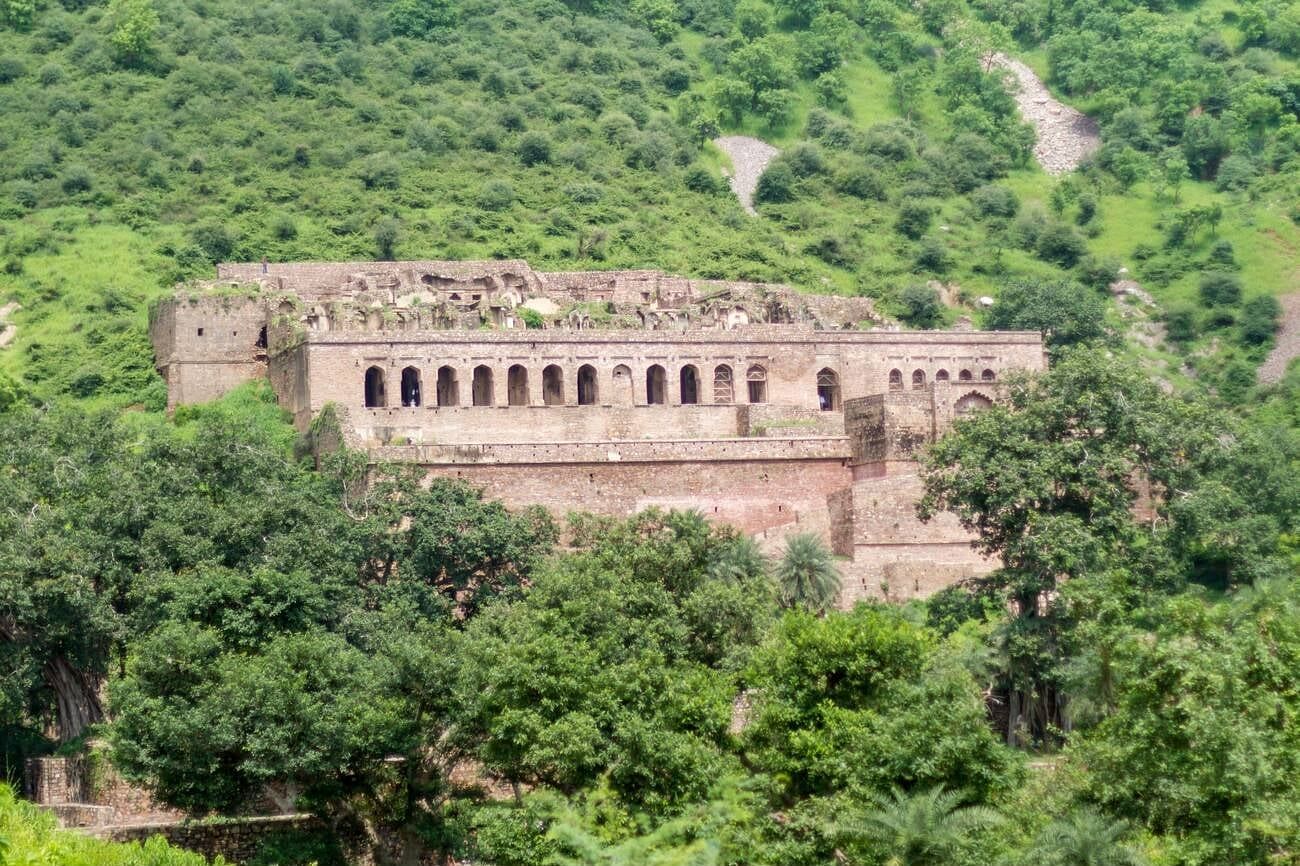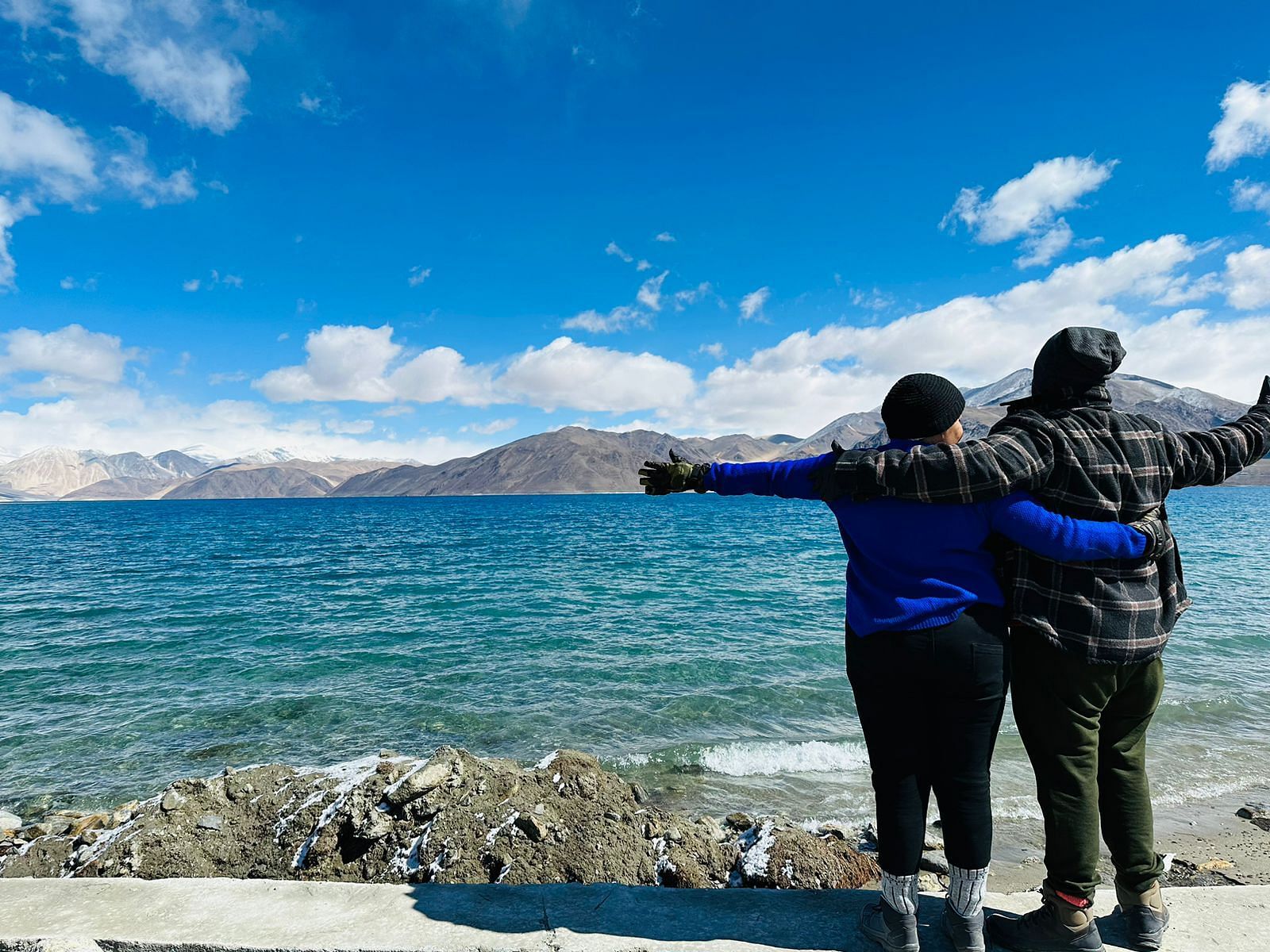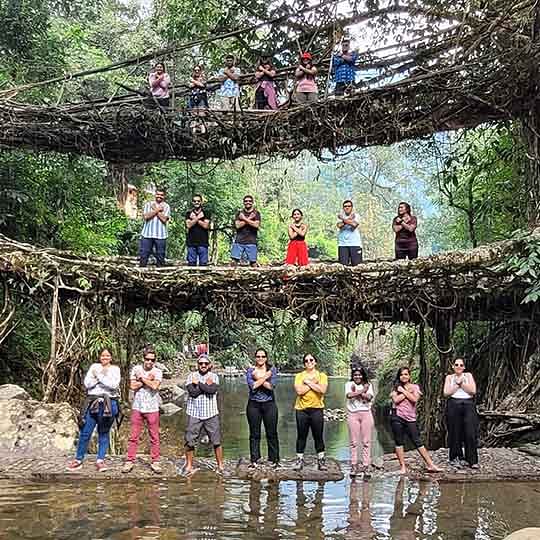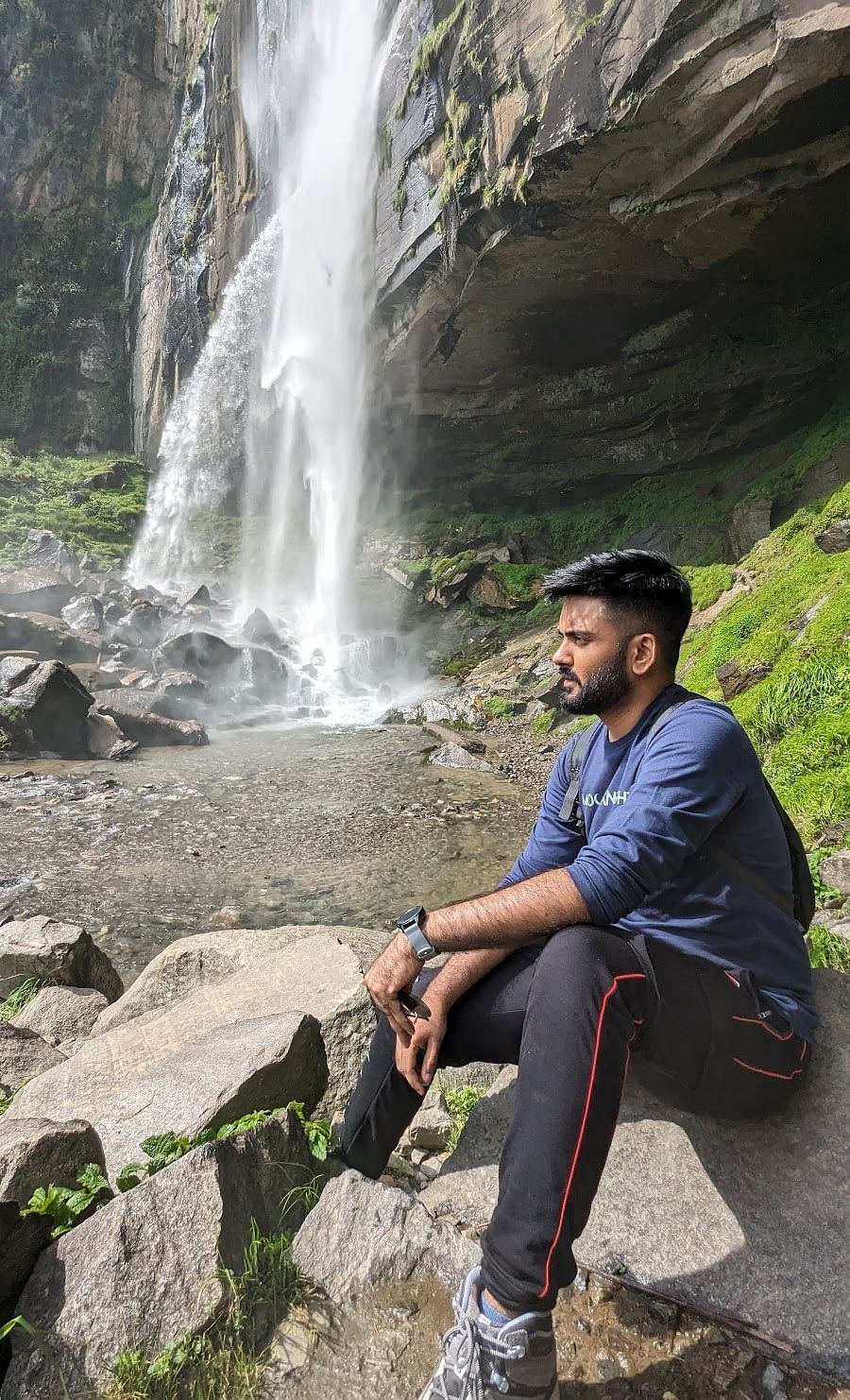Once, while surfing through some Indian horror movies to watch, one low-key 2014 film “Trip To Bhangarh: Asia’s Most Haunted Place” stuck in my mind and I decided to watch the movie. The plot is based on a group of 6 friends who decide to take an adventurous trip to the Bhangarh Fort in Rajasthan, unaware of the dangers that are going to follow.After watching the movie I decided to do some research about more such stories in Rajasthan and well I must say that there is a lot beneath the charm of Rajasthan like the story of Bullet Bike Temple and the abandoned Kuldhara Village.
I also found my answers on what makes the Bhangarh Fort one of the most haunted places in Rajasthan. So, in this blog, we will be learning more about the Fort of Bhangarh Rajasthan.
Within the magnificent forts and palace of Rajasthan lie many stories of bravery, legends, and mysteries. One such historic fort in Rajasthan is the Bhangarh Fort. This haunted fort of Rajasthan is known as one of the most haunted places in India and even in the world.
The presence of supernatural forces and paranormal activities within the Bhangarh fort premises has been the center of attraction for many years now. Many tourists, researchers, and ghost hunters visit this haunted fort of Rajasthan due to its mysterious vibe, thus making it one of the most popular tourist places in Rajasthan.
Nestled amidst the lush hills of Aravallis, Bhangarh Fort is situated 50 km from the Sariska Wildlife Sanctuary between Jaipur and Alwar. The fort of Bhangarh Rajasthan was built in the 17th century by Raja Madho Singh, the younger sibling of the famed Mughal general, Man Singh of Amber (who was one of the navratnas in Akbar’s Court)Once a thriving township, Bhangarh boasted the grand royal palace and over 9,000 houses until 1720. As time passed, its population dwindled, and the echoes of a once-bustling community faded into history. The fort, fortified by three successive structures and adorned with five imposing gates, served as a guardian of the prosperity within.
Visiting the Bhangarh fort is like stepping back in time – you can still see the big havelis, the temples, and the abandoned markets that all remind you of the golden days of the city. Even though the grandeur of the fort has faded, its history and charm remain, and you can still feel the magic of the place.
The Bhangarh fort is a symbol of grandeur and had a strategic significance in historical events. During its glorious days, Bhangarh Fort symbolized strength and opulence, with sturdy walls narrating tales of valor. The fort’s strategic hilltop position gave a spectacular view, highlighting its importance in the history of Rajasthan.
As a stronghold, Bhangarh Fort was a vibrant hub for trade and cultural exchange. The bustling marketplace within its walls echoed with the voices of merchants and the laughter of locals, painting a vivid picture of a thriving community in the mystique of Rajasthan. Despite its transition from prosperity to mystery, Bhangarh Fort remains a captivating destination, inviting visitors to unravel the layers of history and myth.
Legends Associated With Bhangarh Fort, Rajasthan
Bhangarh Fort, situated amidst the picturesque landscapes of Rajasthan, is not merely a historical monument; it is a treasure of chilling legends that have created an aura of mystery around its formidable walls. Let’s know the intriguing Bhangarh Fort Story1. Haunting Bhangarh Fort Story: The Curse Of Baba Balu Nath
The haunted fort of Bhangarh Rajasthan is believed to be cursed and holds a spine-chilling legend that has echoed through the ages within its walls. But the Bhangarh Fort story does not have any ghosts but a curse of a Bala Balu Nath, a mystical sadhu whose curse is said to have sealed the fate of this desolate fort town.Long before the construction of Bhangarh Fort, the tranquil surroundings of Bhangarh Fort served as a meditation place for Baba Balau Nath. The sadhu, a guardian of the mystical energies enveloping the area, granted permission for the fort’s construction, but with one condition.
He said that no structure within the fort could surpass the height of his humble abode to the extent that those buildings must not cast their shadows on his holy abode. Initially, Raja Madho Singh agreed to the conditions and built the magnificent Bhangarh Fort. But a year later when the grandson of Madho Singh – Ajab Singh took over, he decided to add more pillars to extend the height of the fort.
Ignoring the sage’s caution, Ajab Singh dared to raise the fort’s height significantly, casting a shadow upon Baba Balau Nath’s house. This act of Ajab Singh triggered the curse of Baba Balu Nath and the whole down diminished over time.
This seemingly harmless thing caused the sadhu to unleash his curse, and the whole town was wiped out. The power of the curse kept repeating over time so that no one could ever live in Bhangarhi again. The curse was strong enough that no one could ever settle in the village again.
A spine-chilling aftermath unfolded as all the village houses gradually lost their roofs, victims of the relentless curse. Those who tried to settle in the village by rebuilding the roofs of their houses died beneath the weight of collapsing roofs.
2. Haunting Bhangarh Fort Story: Princess Ratnavati and Black Magic
No matter what you believe, get ready for a creepy story that goes beyond our everyday world. Another spooky Bhangarh Fort Story will take you to the realm of black magic. It is believed that Princess Ratnavati who once lived in the Bhangarh Fort was famed for her beauty.It is said that a tantric priest in Bhangarh was captivated by her beauty. He wished for the princess badly, despite knowing that Princess Ratnavati would marry one of her many suitors from the royal family. The tantric then plotted something to get Princess Ratnavati to marry her.
The tantric knew that the Princess applies scented oil to her hair daily. So one day he replaced the oil with an oil made by him. He infused the oil with some kind of black magic so that when the princess applied this oil, she would start liking the tantric.
Princess Ratnavati had some knowledge about black magic and thus figured out that her hair oil was spiked. In anger, she threw the oil on a big boulder and the black magic reversed onto the tantric. The boulder on which the princess had thrown the oil, rolled a long distance until it crushed the tantric priest.
Right before his death, the angry tantric priest put a dreadful curse on Bhangarh. He said life there would be sad and full of despair, making sure no one could live peacefully. The next year, a big battle went down between Ajabgarh and the Mughal Empire, and thus the entire Bhangarh Fort was diminished.
The Spooky Vibes Of The Bhangarh Fort
There is a signboard put up by ASI (Archaeological Survey of India) that says “No one is allowed inside the Bhangarh Fort premises before sunrise and after sunset”. It is believed that this haunted fort of Rajasthan becomes a hotspot for paranormal activities during the dark hours.Many people who tried to go inside the fort after sunset did not come back or had unfortunate accidents that led to their deaths. Experts say that villagers are trapped inside the fort and their ghosts are haunting it. The guards have reported that the sounds of a daily market can be heard inside the fort as if it is still functioning as it used to in the past. Some people also say that you can see the ghost of Princess Ratnavati inside the fort.
What To See In The Fort of Bhangarh Rajasthan?
Along with feeling the spooky vibes inside the BHangarh Fort, one can also explore the fort premises to admire the stunning architecture. Bhangarh Fort is surrounded by ruins of temples and palaces and there are several havelis inside the fort. There are four entry points to the fort beside the main gate.These are the Lahori gate, Ajmeri gate, Phulbari gate, and Delhi gate. Even though the fort is in ruins, it still looks grand and brings a sense of serenity to the green environment. At the main entrance of the fort, there are several Hindu Temples. The main temples in the fort are Someshwar Temple, Keshav Rai Temple, Mangla Devi Temple, and Ganesh Temple.
These temples are a fine example of 17th-century architecture and craftsmanship. They are all built in the Nagara style. The Gopinath temple is built on a 14ft high platform with beautiful carvings on the stones of the temple complex. This temple also houses the head priest’s residence, known as the Purohitji ki Haveli.
Within the fort area, several grand havelis are in ruins; one of the most prominent of these is the Nartakiyoni ki haveli which was the chambers of dancing girls. The marketplace is located at the extreme edge of the fort’s boundaries, and the royal palace, which was said to be seven storeys high, is now only four storeys high.
How To Reach Bhangarh Fort?
Nestled in Rajasthan, Bhangarh Fort is accessible through various modes of transport. For road travel, the fort is well-connected by highways. The nearest railway station is Alwar Junction, approximately 83 kilometers away, offering a rail option. Sanganer Airport in Jaipur, about 83 kilometers from Bhangarh, serves as the closest airway. While roadways provide the most direct route, combining rail and road or air travel with a subsequent road journey offers flexibility for travelers exploring this mysterious destination.Bhangarh Fort, a place where history converges with the supernatural, attracts adventurers into its eerie embrace. The chilling legends, mysterious happenings, and ghostly echoes create an atmosphere that lingers long after the visit. The mysterious city of Bhangarh continues to fascinate the people who are curious to know its mysterious secrets.



